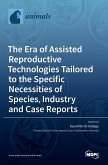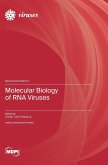The Food and Agriculture Organization of the United Nations has recently estimated that the world equid population exceeds 110 million. Working equids (horses, ponies, donkeys, and mules) remain essential to ensure the livelihood of poor communities around the world. In many developed countries, the equine industry has significant economical weight, with around 7 million horses in Europe alone. The close relationship between humans and equids and the fact that the athlete horse is the terrestrial mammal that travels the most worldwide after humans are important elements to consider in the transmission of pathogens and diseases, amongst equids and to other species. The potential effect of climate change on vector ecology and vector-borne diseases is also of concern for both human and animal health. In this Special Issue, we intend to explore our understanding of a panel of equine viruses, looking at their pathogenicity, their importance in terms of welfare and potential association with diseases, their economic importance and impact on performance, and how their identification can be helped by new technologies and methods.








